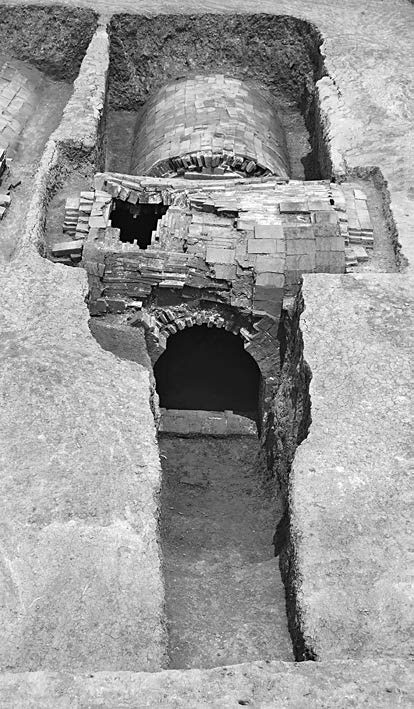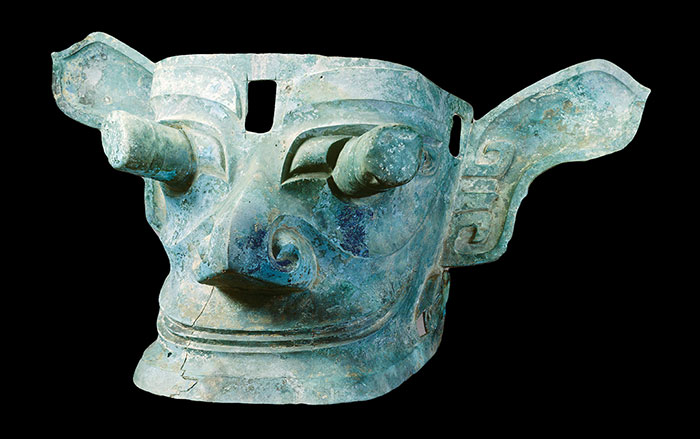
NANJING, CHINA—Live Science reports that two stone epitaphs recovered from a Ming Dynasty tomb in Nanjing have been translated. The 500-year-old epitaphs tell the story of Lady Mei, whose remains were found in a water-damaged casket, along with gem-encrusted gold bracelets, a fragrance box, and hairpins. Born in 1430, Lady Mei was one of three wives of the Duke of Qian. “Lady Mei was probably a concubine whom he married after he went to guard and rule Yunnan,” researchers led by excavation crew chief Haining Qi wrote in the Chinese journal Wenwu, which has been published in English in Chinese Cultural Relics. She gave birth to a son, who was ten months old when the duke died. The epitaphs say she “was only 21 years of age. She was unwashed and unkempt, and called herself the survivor.” The text praises her for raising the third-generation duke and keeping the household in order. After her son came to power, the well-loved Lady Mei was known as the “Dowager Duchess” until her death in 1474. “On the day of her death, the people of Yunnan, military servicemen or civilians, old and young, all mourned and grieved for her as if their own parents had passed away,” read the epitaphs. To read more about sites in China, see "The Tomb Raider Chronicles."










